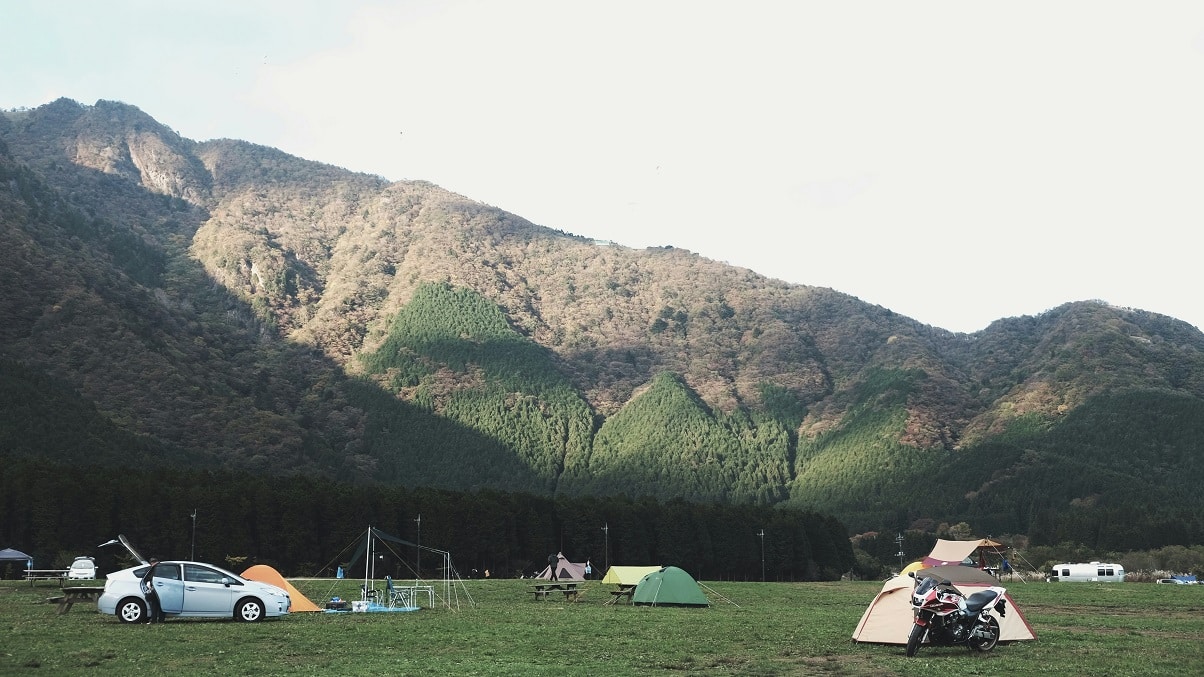Creation of a website for a campsite
As a campsite owner, you probably know how important it is to have an online presence. In the digital age, an attractive and user-friendly website is essential to attract guests and provide a good online experience. But how do you set up such a website? Here's a step-by-step guide on how to make your campsite shine online. And how you can easily create and manage the website yourself without spending a large part of your budget on web design.
Understand your target audience
Before you start creating your website, it's important to understand your target audience. Who are your potential guests? Are they families looking for an adventure vacation, or are they couples looking to relax and unwind in nature? If you know your target group, you can adapt the content, design and functionality of your website accordingly. A modern, eye-catching website with an eye-catching design will appeal more to the adventurous than a retired couple looking to spend a week reading in the sun. You can also customize your texts accordingly, for example by choosing between the "u" and the "form" in your texts.
Choose the right platform
There are numerous platforms for building websites, from user-friendly website builders like Wix and Squarespace to more customizable options like WordPress. Choose a platform that suits your needs, skills and budget. For campsites, platforms like WordPress are often ideal due to their flexibility and the availability of themes and plugins specifically for the hospitality and tourism industry. With minimal effort, you can have your website up and running within an afternoon, as the design can be created with the click of a mouse and a theme in WordPress. Of course, most of the work consists of filling the website with attractive photos of the campsite and writing the texts.
Choose and create an attractive design
The design of your website should reflect the atmosphere and character of your campsite. Use beautiful images, perhaps taken by a photographer, of your campsite, its surroundings and facilities to attract potential guests. Make sure the design is clear and intuitive so that visitors can easily navigate and find the information they need. Ask not only yourself, but also other people who are not so tech-savvy, to look at the website and give their opinion. This way you can see the site from a different perspective.
Provide important information
Potential guests want quick and easy access to important information such as prices, availability, facilities and activities in the area. Make sure this information is clearly displayed on your website and easy to find. Also consider including a frequently asked questions (FAQ) section to answer common questions and make the booking process easier. Also introduce yourself and your vision for the campsite on the website. This way there is a name and a face behind the destination and it is not an anonymous website. It is also advisable to clearly state the various contact options so that people can get in touch with you if they have any questions.
Understand the basics of search engines
To ensure that your website is found well in search engines such as Google, it is important to invest in search engine optimization (SEO). Use relevant keywords in your content, write for the user and make your content as enjoyable to read as possible, and make sure your website loads quickly and is mobile friendly. This will help your website rank better in search results and drive more traffic to your campsite.
Integrate online reservations
Make the booking process as easy as possible by integrating online bookings directly into your website. This can be done via a booking form or via booking software that is directly linked to your website. By giving your guests the option to book directly, you increase the likelihood that they will choose your campsite over the competition. WordPress gives you many options for this in the form of plug-ins that are easy to install and set up on your website.
Offer regular updates, both on your own website and on social media
A website is never finished. Make sure you regularly update your website with new content, photos and offers to keep potential guests interested. This can also be fun, for example with a blog on your website that you can update regularly with fun content. Also, monitor the performance of your website using web analytics tools and adjust your strategy if necessary to get the best results.
With these tips, you can easily create your own website for your campsite, and you can get started on any budget. Would you like more advice on your next steps? Then simply get in touch with us, we will be happy to help you!
